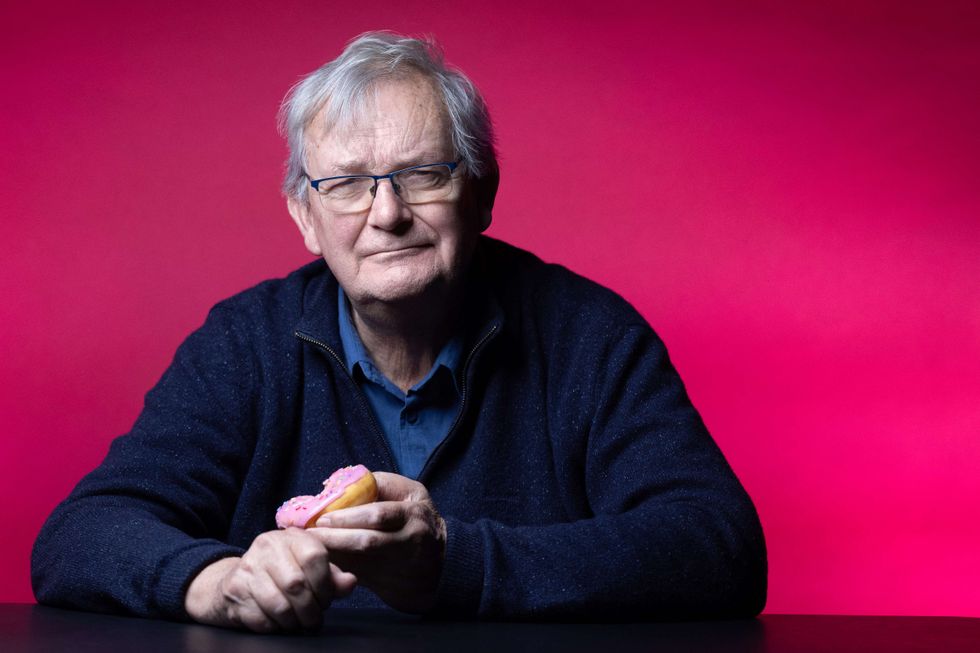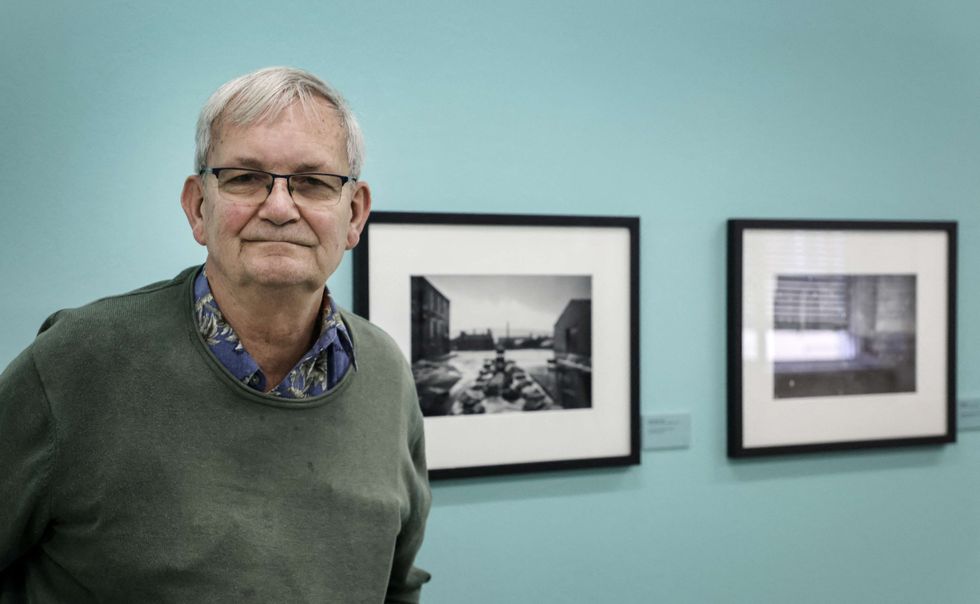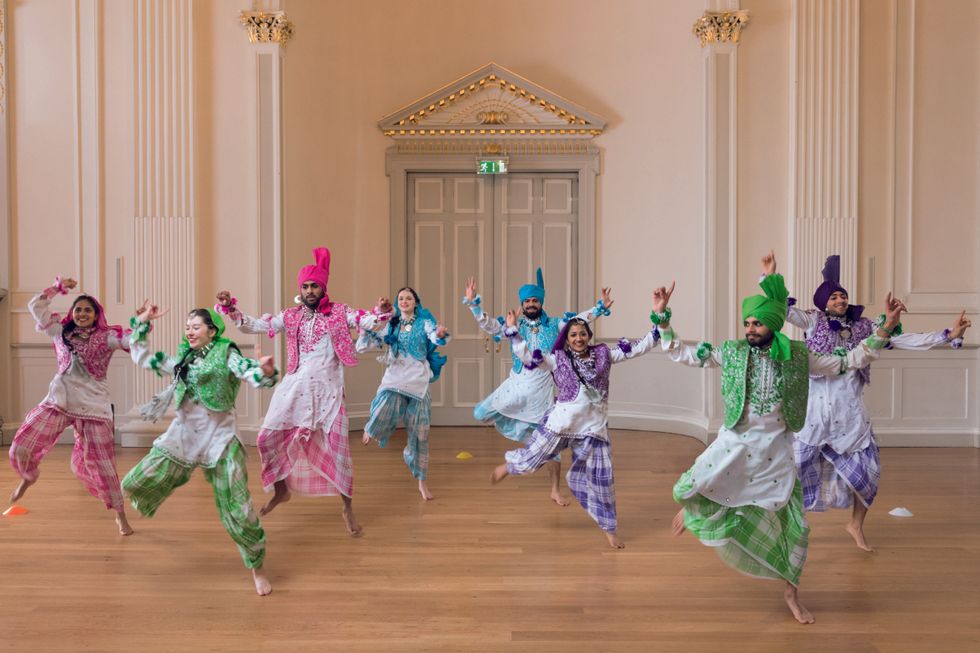A record five Indian-Americans have been sworn in as members of the US Congress, scripting history for the minority ethnic community that comprises just one per cent of America’s population.
Kamala Harris, 52, whose mother was from India and father from Jamaica, was sworn in on Tuesday (3) as the Democrat senator from California. She is the first Indian-American to have ever served in the senate.
Harris, who was California’s attorney general, replaced senator Barbara Boxer, who decided against seeking re-election. She is one of the seven new senators to take office in the new Congress.
“I am humbled and honoured to serve you and the people of California. Let’s get to work,” Harris said after taking the oath of office.
A few hours later, the focus shifted to the House Chambers where four Indian-Americans were sworn in as its members, including Congressman Ami Bera, who has been re-elected for the third consecutive term.
In the process, Bera, 51, equalled the record of Dalip Singh Saundh, who exactly 60 years ago became the first Indian-American to be elected as a member of the US Congress.
Joining Bera was fellow Democrat Ro Khanna, 40, representing the Silicon Valley. He was sworn in on a bicentennial edition of the Constitution on loan from the rare books division of the Library of Congress.
Democrat Congressman Raja Krishnamoorthi, 42, who won the election from Illinois, took the oath on the Gita, becoming only the second US lawmaker after Tulsi Gabbard from Hawaii to do so. Gabbard, the first-ever Hindu to be elected to the US Congress, won a third consecutive term.
Meanwhile, the Democrat representative for Washington State, Pramila Jayapal, 51, became the first Indian American woman in the US House of Representatives. Her 78-year-old mother, who especially came in from India, watched the proceedings from the gallery.
“I pledge to draw on my experiences as a woman of colour, as an immigrant, and as a Washingtonian to speak out against injustice, even when it is not popular, to push for creative solutions to people’s every day problems, and to find common ground where it can be found,” said Jayapal.
“This is a historic moment. Today, we are actually one per cent of the Congress. We have come a long way but we have a long way to go,” said investor, philanthropist and entrepreneur MR Rangaswami at a gala dinner to celebrate the historic achievement.
“The best of the (Indian American) community is yet to come,” said Ashley Tellis.
“Indian Americans running for office and winning for Congress is really historic,” added political activist Neera Tanden.





 Martin Parr death at 73 marks end of Britain’s vivid chronicler of everyday life Getty Images
Martin Parr death at 73 marks end of Britain’s vivid chronicler of everyday life Getty Images  Martin Parr poses for a photo during the opening of his exhibition Early Works" at the Fotografie Forum Frankfurt" in FrankfurtGetty Images
Martin Parr poses for a photo during the opening of his exhibition Early Works" at the Fotografie Forum Frankfurt" in FrankfurtGetty Images 064-5 Bhangra - Photos Bhangra dancers, Assembly Rooms, Edinburgh, Scotland, 2017, commissioned by BBC One. Martin Parr / Magnum Photos / Rocket Gallery
064-5 Bhangra - Photos Bhangra dancers, Assembly Rooms, Edinburgh, Scotland, 2017, commissioned by BBC One. Martin Parr / Magnum Photos / Rocket Gallery Martin Parr dies at 73 after capturing British elites, Asian communities, and post-Brexit BritainGetty Images
Martin Parr dies at 73 after capturing British elites, Asian communities, and post-Brexit BritainGetty Images





